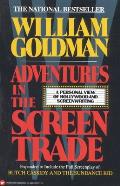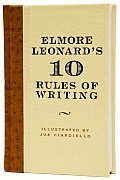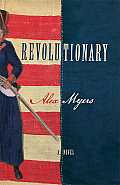Having Trouble with This Aspect of Darren Wilson’s Testmony
According to Officer Darren Wilson, after his first brief exchange on 9 August with Michael Brown and Dorian Johnson about walking in a Ferguson, Missouri, street, he backed up his police vehicle and confronted them again because one of them was wearing a black T-shirt.
In an interview on 10 August, the day after the shooting, Wilson stated: “I heard on the radio that there was a stealing in progress from the Ferguson Market on West Florissant. I heard a brief description of a black male with a black T-shirt.”
In his grand jury testimony several weeks later, Wilson repeated that: “I was on my portable radio, which isn’t exactly the best. I did hear that a suspect was wearing a black shirt and that a box of Cigarillos was stolen.” That description confirmed for him that he’d come across the two suspects from the store robbery: “I did a doublecheck that Johnson was wearing a black shirt, these are the two from the stealing.”
However, earlier this month the police radio dispatches from that day were released.
The dispatcher said, “it's going to be a black male in a white T-shirt.”
An officer confirmed, “Black male, white T-shirt.”
Four minutes later, another voice added: “He’s with another male, he’s got a red Cardinals hat, white T-shirt, yellow socks and khaki shorts.” That was an accurate description of what Michael Brown was wearing.
Officer Wilson couldn’t have heard anything about a “black shirt” on the radio. The radio calls, as recorded and released, mention only Brown’s “white T-shirt.” Three times.
How much did Wilson, consciously or unconsciously, massage his memory to conform to what he saw after shooting Michael Brown dead?



































